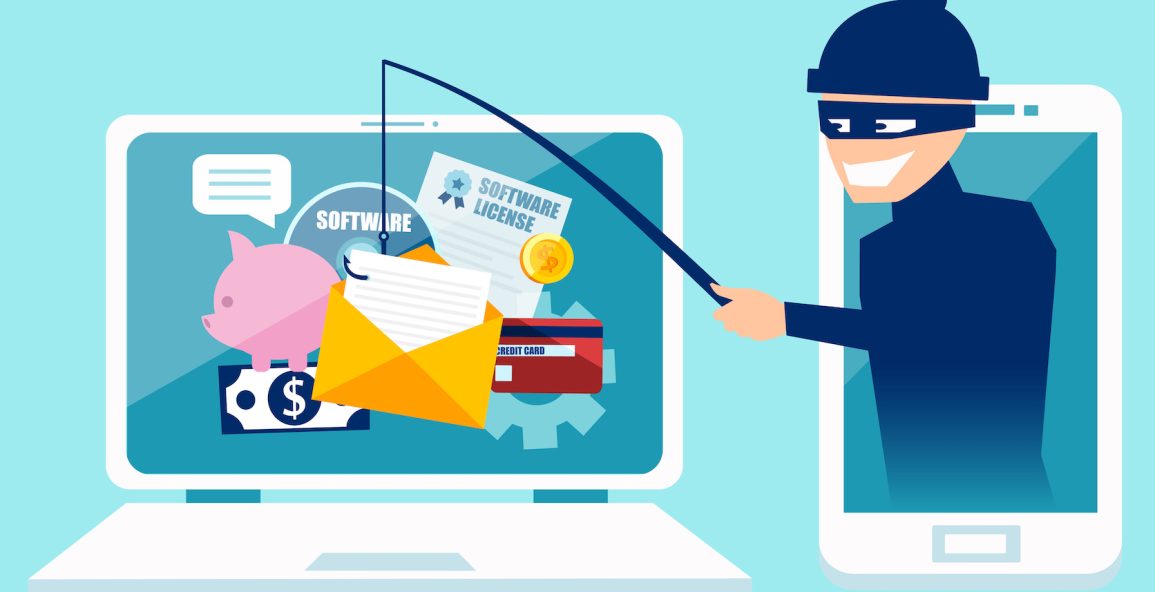
Phishing has become one of the most pervasive forms of cyberattacks, causing billions of dollars in damages every year. It involves deceiving individuals into revealing sensitive information, such as usernames, passwords, and financial details, by pretending to be a trustworthy entity. With the increasing sophistication of these attacks, understanding how phishing works and learning how to defend against it is more important than ever.
What is Phishing?
Phishing is a type of social engineering attack where cybercriminals use email, text messages, or websites to lure victims into providing confidential information. These attackers often masquerade as reputable organizations—like banks, tech companies, or government agencies—using cleverly designed messages that appear legitimate. The goal of phishing is to trick the recipient into clicking on a malicious link, downloading malware, or providing personal credentials that can be used for financial gain or identity theft.
Types of Phishing Attacks
While phishing originally began with fraudulent emails, it has evolved into several different forms:
- Email Phishing: The most common type of phishing, where an attacker sends a legitimate-looking email, often appearing to come from well-known organizations. These emails usually contain links that redirect to fake websites designed to capture sensitive information.
- Spear Phishing: A more targeted form of phishing that focuses on specific individuals or organizations. Attackers often customize their emails with personal details (e.g., a recent purchase or interaction), making the scam more convincing.
- Whaling: This is a highly targeted form of phishing aimed at high-profile individuals such as CEOs or government officials. Whaling attacks often involve urgent-sounding messages requesting immediate action, like authorizing a wire transfer.
- Smishing and Vishing: Smishing (SMS phishing) and vishing (voice phishing) are attacks conducted via text messages and phone calls, respectively. Attackers impersonate trusted organizations to trick victims into sharing confidential information or installing malicious software on their devices.
How Phishing Attacks Work
Phishing attacks generally follow a predictable pattern:
- Bait: The attacker creates a deceptive message, usually in the form of an email or text message, that appears to be from a trusted entity. This message often contains a call to action, such as “Verify your account” or “Urgent: Password reset required.”
- Hook: Once the victim engages with the message, typically by clicking a link, they are directed to a fake website designed to look identical to a legitimate one. Alternatively, the email may contain an attachment with malware that can infect the victim’s device.
- Capture: On the fake site, the victim is prompted to enter personal information, such as login credentials or financial details. Once the information is submitted, it is sent directly to the attacker.
- Exploit: The attacker uses the captured information to steal money, gain unauthorized access to accounts, or sell the data on the black market.
Why Phishing is So Dangerous
Phishing attacks are highly effective because they exploit human psychology. Many people trust emails from organizations they interact with regularly, making them vulnerable to well-crafted phishing attempts. Moreover, phishing attacks can be executed on a large scale, targeting thousands of people at once, or they can be narrowly focused on a single individual or organization.
How to Protect Yourself
- Education and Awareness: The most effective defense against phishing is awareness. Regular training on how to recognize phishing attempts can significantly reduce the risk.
- Verify Before You Click: Always double-check the sender’s email address and hover over links to verify the URL before clicking. If something feels off, go directly to the website rather than following links from an email.
- Enable Two-Factor Authentication (2FA): Using 2FA adds an extra layer of security. Even if an attacker gets hold of your login credentials, they would need the second factor (usually a code sent to your phone) to access your account.
- Update Software Regularly: Keeping software and operating systems up to date ensures that known vulnerabilities that phishing attacks might exploit are patched.
- Use Anti-Phishing Software: Many email providers offer spam filters and other tools designed to block phishing attempts. Additional cybersecurity tools, such as browser add-ons and firewalls, can also help detect and block phishing attempts.
Conclusion
Phishing remains a growing threat in today’s increasingly digital world, but by staying vigilant and taking proactive steps, individuals and organizations can significantly reduce their risk. The key to protection lies in education, careful scrutiny of suspicious messages, and employing security measures like two-factor authentication and software updates.
HOW TO ATTEMPT A PHYSHING ATTACK
It must first be installed from the web search engine.
Following installation, you must run the file with Bash’s assistance.
THIS INTERFACE OPEN TO YOUR SKIN AFTER THE PRIOR STEP.Currently, you possess the complete autonomy to select any option.
AND I CHOOSE LINKEDIN
AND HERE’S THE ALL INFORMATION OF USERNAME ,IP-ADDRESS AND PASSWORD
